Nestled into a neighborhood off 15th Avenue and Osborn Road in Phoenix are two rectangular housing units that sit parallel to one another. In the middle is a grassy area with a plastic baby pen and a canopy over a table and some chairs. Hip-high wrought-iron fences complete the rectangle that encloses the small yard. When the residents of Sally’s Place aren’t tending to their babies or attending meetings, they sit, smoke and chat.
The residential housing program puts an emphasis on long-term treatment that goes beyond detoxing and 30 days of sobriety. Women, as long as they stay sober and continue working on their sobriety, can stay for up to five years, allowing them the time to learn skills such as parenting, budgeting and sober living.
This is where Denny and her baby live now.
While Denny was still pregnant and recovering from her stay in the hospital for sepsis, she went to Life Well, a nonprofit health care agency providing treatment for low-income clients diagnosed with serious mental illness, general mental health issues and substance abuse disorders. She was later transferred to Sally’s Place, which is run by the National Council on Alcoholism and Drug Dependence.
Thelma Ross, CEO of the Arizona division of NCADD, considers Sally’s Place one of the organization’s most significant accomplishments.
“As a society we have got to stop judging these women and start helping,” she said. “If a woman is stepping up and coming through that door and saying ‘I’m pregnant and I need help,’ we should never slam that door in their face, we should open it and welcome them and support them. I think it takes an amazing woman to do that.”
Ross is a recovering alcoholic and has worked in addiction for 40 years. She has spent the past 17 years with NCADD.
“I’ve been in this field way too long because this is generational,” she said. “What really saddened me a few months ago is I saw the grandson of a woman I treated probably 30 years ago in here with his mother. It shouldn’t be that way. We’ve gotta do something to change it.”
Sally’s Place wasn’t Denny’s first attempt at recovery. In 2013, she went to Riversource Rehab in Mesa for a 30-day recovery program after supervisors fired her for nodding off at her desk and doing pills during her lunch breaks.
By day 25, she was kicked out for fraternizing with a man who was also in the program. She had nowhere to go. Her parents had paid $10,000 out of pocket for her attendance.
Related Story
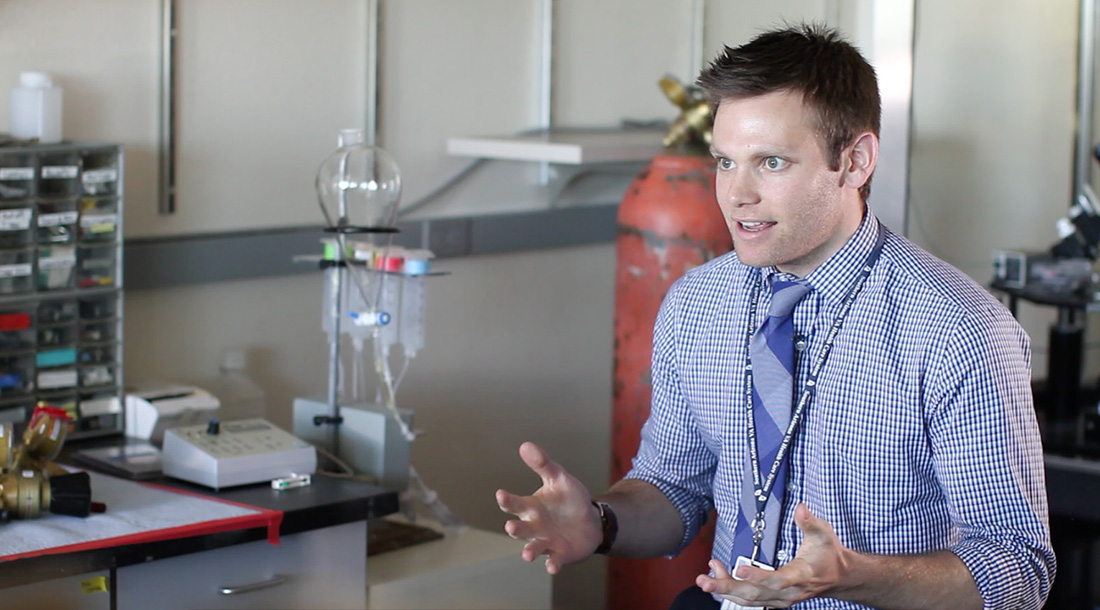
The science behind opioid addiction
“They had paid all that money, which made me feel horrible,” she said. “I had a lot of guilt and a lot of shame for it.”
Rick Christensen is the chief medical officer at Community Medical Services, a statewide outpatient opiate treatment program, and he has more than 30 years experience in substance abuse treatment.
“Detox does not work for anyone, anywhere, anytime, ever. Why not? Because when you’re done, the brain does not return to normal. What tells you your brain isn’t normal is craving,” Christensen said. “Craving happens in the same part of the brain as hunger and thirst. That’s why diets don’t work, when you’re hungry, you eat, when you’re thirsty you drink, when you crave you use.”
At Sally’s Place after having Laianna, Denny’s motivation to stay clean was strengthened. She started to build relationships with the other women and was growing into her role as mother until an old warrant popped up.
“I had a 3-month-old baby in my arms, and I had to give her to staff so that I could go to jail,” she said. “I thought, ‘I’ll never see this baby again, or I will but she’ll be 6, 7 or 8.’ I was also thinking ‘I don’t ever get arrested sober, I’m usually on drugs, I don’t know how to handle this sober, I need to be high for this, I don’t know what to do sober.’”
In her court hearing the next day, Denny caught a break. She was released and allowed to attend the rest of her court dates as a free woman. In the courtroom, she dropped to her knees and thanked the judge.
On any given day, the Maricopa County Fourth Avenue Jail in downtown Phoenix processes 400 new inmates. Each and every one of them is tested for drugs, and if necessary, female intakes are tested for pregnancy.
“Many women, when they come in, we’re the ones to tell them that they’re pregnant, so they never even knew or thought about it,” said Dr. Jeffrey Alvarez, director of Correctional Health Services. “Consistently, we have anywhere between five and 10 pregnant females who are opiate positive when they enter into the facility that then require a methadone substitution.”
If these women test positive for pregnancy and narcotic drug use, then they will receive methadone while serving their sentence, but this wasn’t always the case.
Alvarez started working for Maricopa County Correctional Health Services in 2009 as a provider at Estrella Jail, which houses mostly women. Inmates who needed methadone treatment when he started would be transported offsite to a hospital to receive their dosing.
“Opiate treatment in jails is really difficult,” Alvarez said. “It took me two years to try to get all the logistics worked out.”
In 2010, he was promoted to director and began working with the Drug Enforcement Administration and the Substance Abuse and Mental Health Services Administration to bring methadone into the Maricopa County corrections system.
Today, four of the six jails in Maricopa County, including the tents, are certified to prescribe methadone and offer counseling to addicts.
“The jail is very important because this patient population isn’t connected to the community, so they’re kind of lost in some ways,” Alvarez said. “We can’t just keep addicts in jail and keep the patients here until they’re healthy again, that has to be a community resource that we link them to. Our job is to be the link.”
One of those community resources is Community Medical Services, where Christensen is medical director. He and Alvarez work together to ensure that once women are out of jail, they can continue their medication assisted treatment.
“Five years ago, 90 percent of the women that were started on methadone because they were pregnant went back to the streets,” Christensen said. “Now, 95 percent when they’re released come to the methadone treatment program or a residential treatment program. We’ve stopped that revolving door.”
The NCADD is another community partner working with county corrections to pull pregnant women from the jails upon release and get them into residential treatment programs like Sally’s Place.
Outside their apartment at Sally’s Place, Denny and the some of the other women are sitting under the canopy smoking cigarettes and talking about their babies – some nearly a year old, others who have yet to be born.
Denny has been sober for 17 months and is still living at Sally’s Place with Laianna, who just turned 1 year old. She plans to start taking classes in the spring to complete her college degree and then go into addiction counseling.
And she’s trying to let go of her past.
“I can’t hold onto it anymore, because if I hold onto it, it’s just going to hurt me,” she said. “It happened. I did it. It would only hinder my recovery if I held onto it.”
That transition is what continues to motivate Ross and the addiction specialists she works with at the NCADD.
“I get to come here and see miracles,” she said. “We get to see babies be born and new lives come about, and mothers be committed to making their baby’s life as healthy and as safe as possible.”
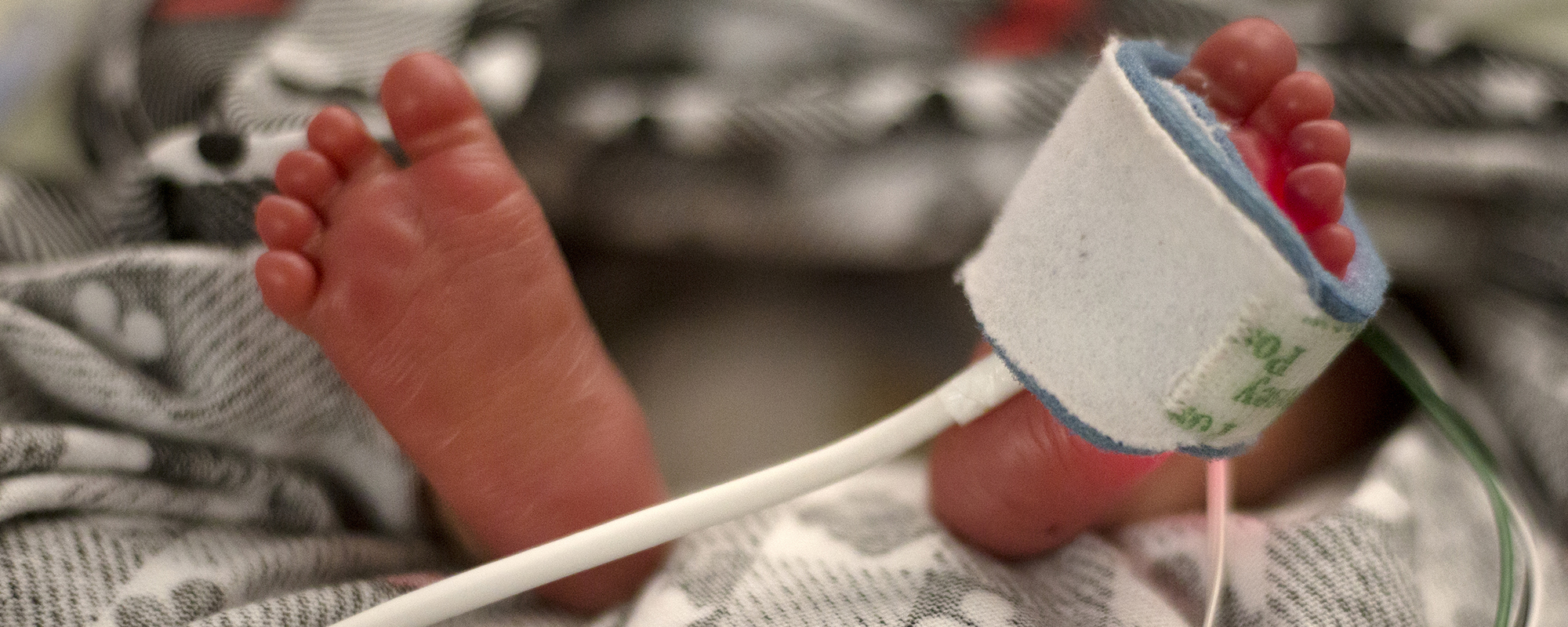
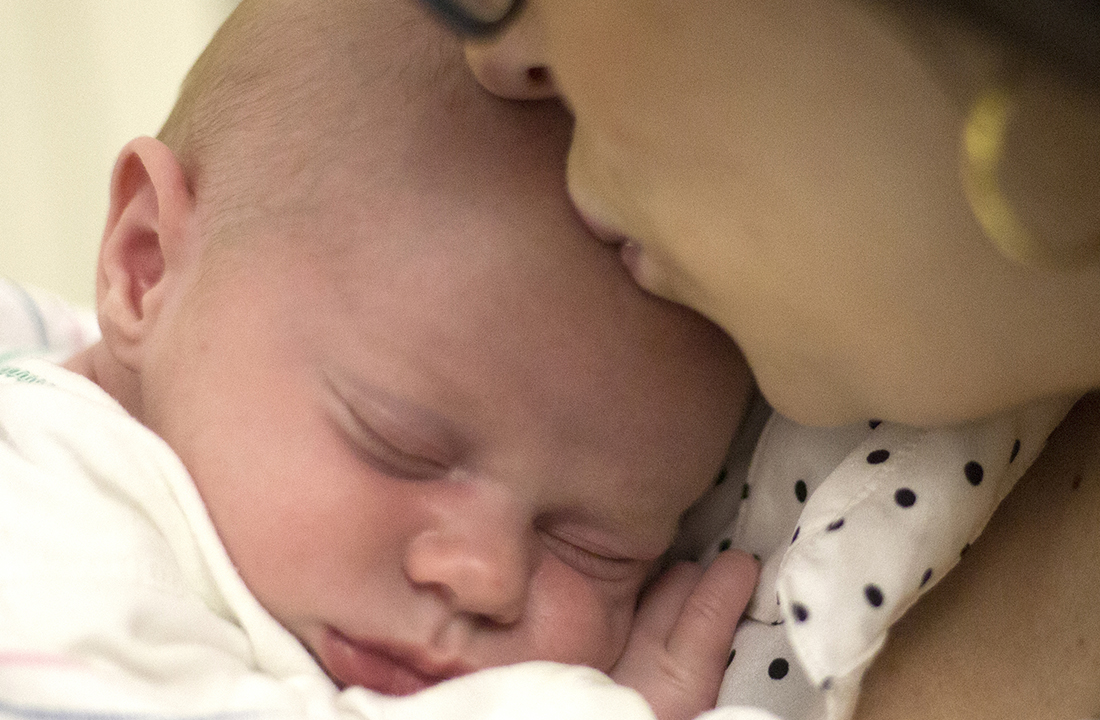

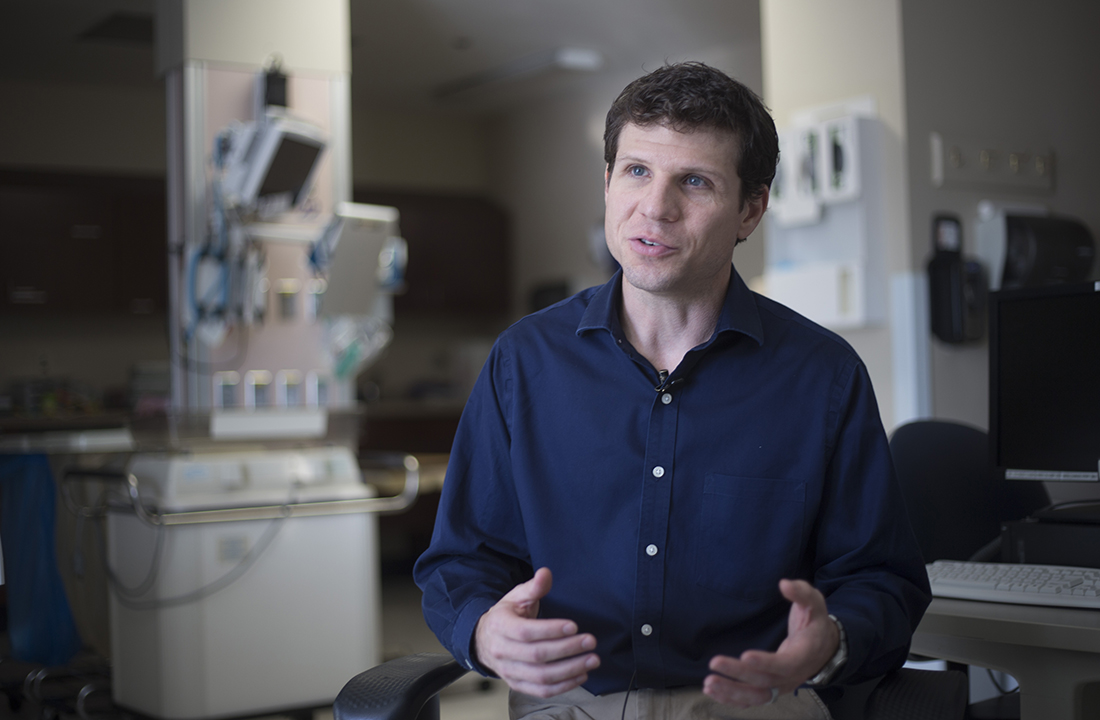
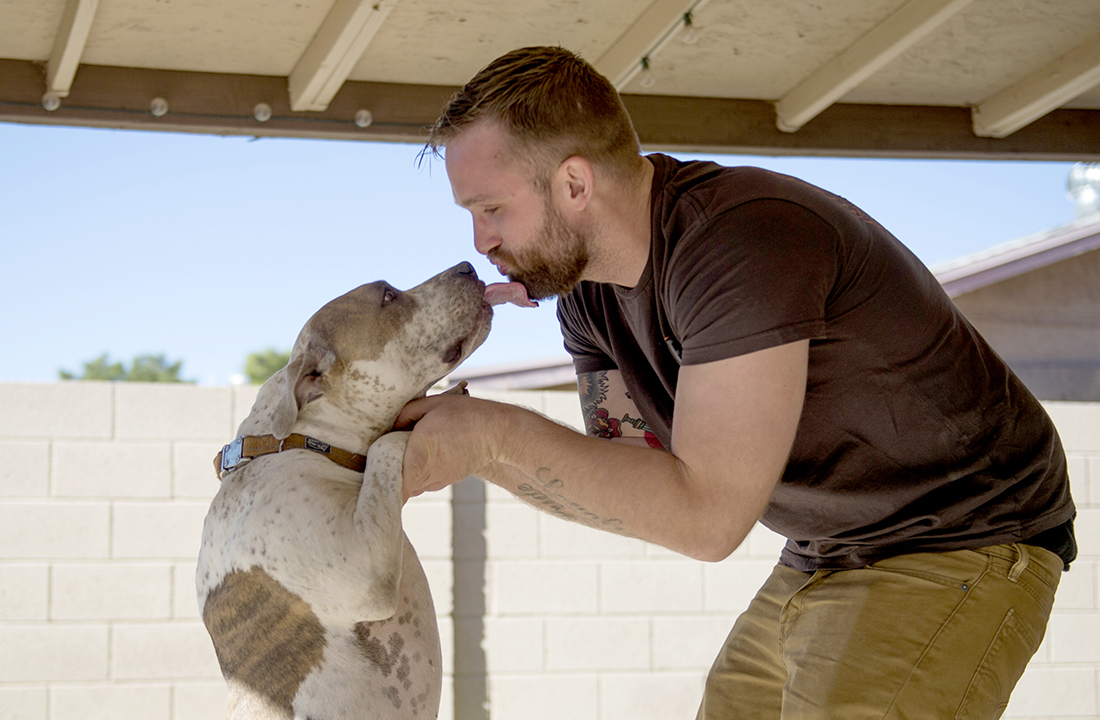
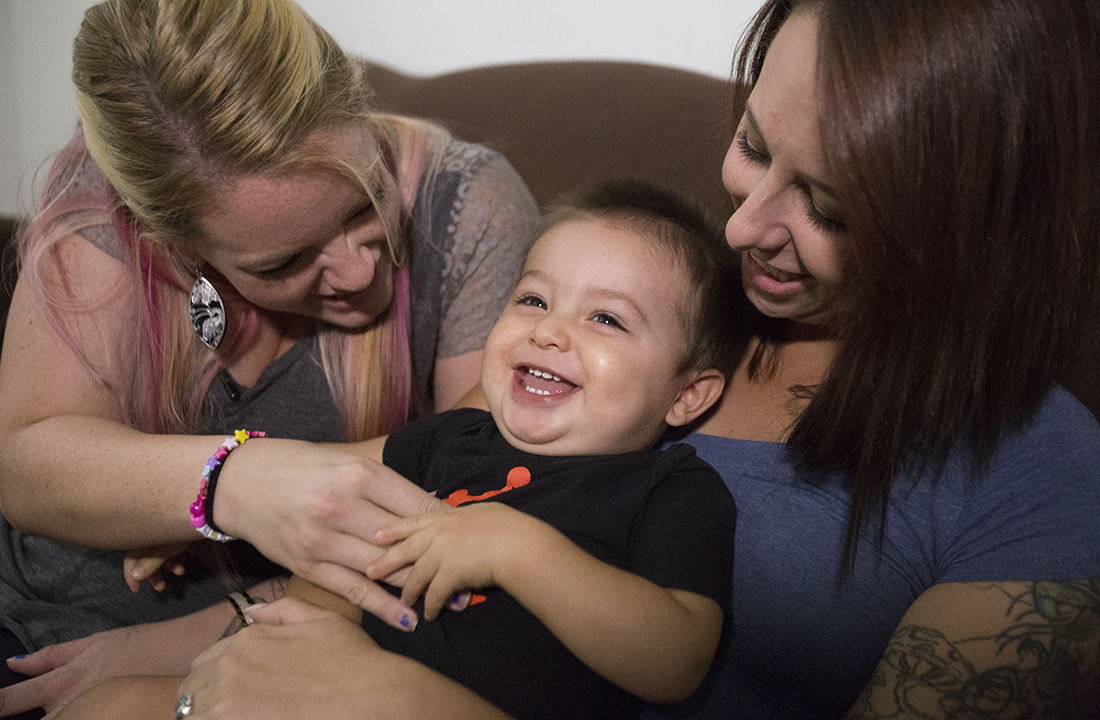

CONNECT WITH US
Connect with our reporters and editors through social media, or call or email an editor from our contacts page.
Sign up for daily headlines